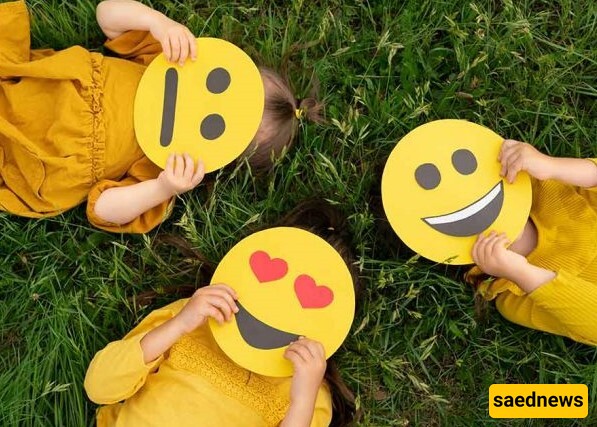SAEDNEWS: Understanding the difference between feelings and emotions can empower individuals to manage their emotional responses better.

According to SAEDNEWS, We’ve all seen it happen. A comment is made, words are exchanged, and suddenly, emotions explode. Whether it's rage or hatred, one heated exchange can lead to fights, whether online or in person. The fallout of such emotional outbursts can spiral into a chaotic cycle of blame and justification, often leaving calm voices drowned out amidst the noise.
When people react without restraint, they may not realize they're being swept away by intense emotions. In these moments, it’s crucial to understand the distinction between emotions and feelings. Intense emotions, like rage and panic, are like turbulent rapids that can pull us under if we don’t know how to navigate them.

At its core, the difference between an emotion and a feeling can be summed up this way: emotions are experienced physiologically, while feelings involve our conscious awareness of those emotions. Not everyone has a clear connection between the two. Some people might feel angry or sad but not fully recognize what they're experiencing until it becomes overwhelming.
This disconnect often stems from societal training that suggests emotions ought to be suppressed or avoided. This conditioning can leave people emotionally unaware or prone to overreacting. Understanding and feeling our emotions are essential steps toward emotional intelligence and healthier interactions.
Research indicates that merely naming an emotion can help calm it down. When we can identify what we’re feeling, it becomes easier to manage our responses. For instance, let's say someone feels anger. The steps to process this might look something like this:
1. Emotion: Anger is evoked.
2. Feeling: Acknowledge the anger.
3. Naming: Identify it as anger.
4. Acting: Decide how to respond in a constructive manner.
On the flip side, when emotions are left unchecked, they can escalate into destructive behaviors, repeating cycles of anger and aggression. Recognizing our emotions can prevent this spiral and lead us to a more constructive outcome.
Just like any skill, learning how to feel and identify emotions takes practice. With time, you can create a mental flow chart in your mind, allowing you to navigate your emotions with ease. Let’s say you start feeling sadness:
1. Emotionally Evocative Situation: Something reminds you of a loss.
2. Emotion: Sadness emerges.
3. Feeling: Recognize and name the sadness.
4. Acting: Take a moment to process this sadness.
When we learn to pause and take a step back, we prevent ourselves from being overwhelmed by our emotional responses.
To assist in navigating our emotions, I've created an Emotional Vocabulary List that categorizes different emotions along with their intensities. This can help individuals articulate their feelings and cultivate greater emotional awareness.
In the end, knowing how to identify, feel, and express emotions is key for maintaining mental health and nurturing relationships. Understanding our emotions not only leads to self-discovery but also enhances our interactions with others. Emotions are not adversaries to logic; they are information that can guide us if handled carefully.
By mastering our emotional responses, we can live more balanced, fulfilling lives where understanding our feelings leads to healthier expressions. It’s simpler than it seems — with practice, anyone can navigate their emotions and respond thoughtfully instead of reactively.

